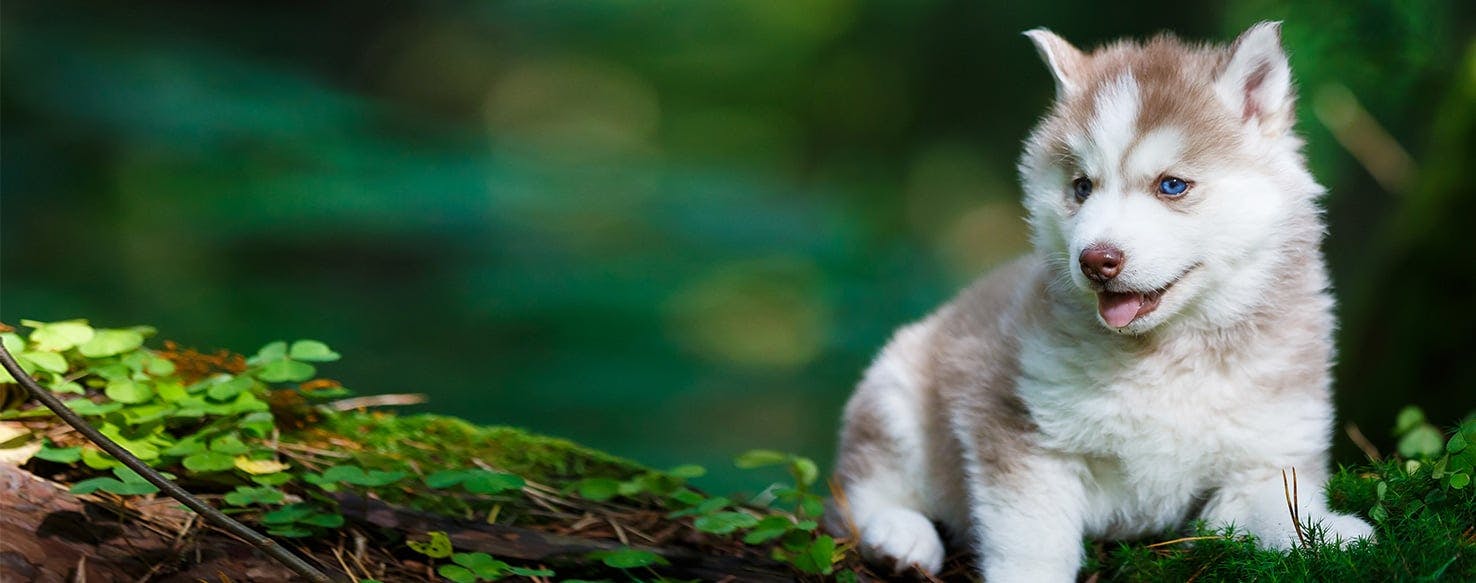- Home
- The Daily Wag!
- Senses
- Can Dogs Keep Snakes Away?

Barring those folks who like to keep snakes as pets, we don't particularly want to run into snakes - especially in the wild. Snakes can be dangerous for you and your pooch - even if they're not venomous. A snake bite could cause infection, disease, and other issues for you and your pup.
So, it's most important that you keep yourself and your doggos away from snakes. But, you're just one person, and try as you might, you don't have the acute senses to stay aware of snakes at all times. Your dog though, with his or her amazing sense of smell and hearing, has the awareness to help sense snakes, and because of this, it's possible that they'll keep snakes away.
Additionally, snakes don't typically like to be around big things moving about and making noise - usually, they like to snack on things their own size or smaller. That being said, though, a snake won't necessarily always be afraid of your dog. Simply by sensing a snake, your pup can help you stay aware and keep away from snakes. How though? We've got the information you need here!
While we can't guarantee that every breed of dog is going to be key for helping you stay clear of snakes, it's very likely that if your dog is healthy and has normal senses of smell and hearing, they're probably able to sense a snake. Your dog likely won't exactly understand what they're sensing, but instinct might lead them to stay away and keep you away, and the same instinct might lead snakes to stay away, too.
If your dog senses a snake, they'll likely let their nose do the talking. Look at their snoots for twitching, excessive sniffing, and pointing in the air. This is the first sign they can detect something.
There are other signs, too, like paws up pointing, a stiff tail, and a nose in the direction of the scent. It's also possible your dog hears a snake in the distance, which they'll make obvious by moving their ears about and rotating them like antennae. If your dog is aiming to keep you and themselves away from snakes, they might howl, bark, whimper, or whine, as well as try to keep you from moving in a certain direction.
Body Language
Body language cues your pup may be giving you to stay away from snakes or keep snakes away include:
- Alert
- Back Hair On Edge
- Stalking
- Tail Tucking
- Paw Raised
- Ears Up
- Nose Wrinkled
- Stiff Tail
Other Signs
Here are a few other signs that your dog might be trying to stay away from snakes or fend snakes off:
- Howling Or Barking
- Bouncing Or Jumping
- Growling Or Nipping
- Blocking Your Path
- Herding You Or Others Away From An Area
While it's not entirely conclusive that snakes will stay away from doggos and that doggos can keep them away, it's obvious that, due to a canine's insane sense of smell and hearing, they're the perfect snake hunters. With that in mind, it's easy to conclude that pups might be one of the best bets to keep snakes away.
Because dogs have such great hearing and sniffing abilities, they've been used throughout the years to sniff out bombs, guns, weapons, drugs, cancers, and other illnesses or diseases. But dogs have also been trained to help sniff out dangerous snakes, too. According to Time magazine, trainers at Auburn University have been teaching Labradors to sniff out and help hunt down Burmese Pythons in the Everglades in Florida.
Some breeds are exceptionally good at snake sniffing, like Beagles, Basset Hounds, Jack Russel Terriers, and Bloodhounds.
One of your best bets for your dog keeping snakes away is banking on the fact that they can sense a snake - which mostly falls onto their hearing and smelling. All kind of reptiles, snakes especially, will give off a particular scent, and depending on the type of snake, it may or may not be particularly strong.
Snakes have cloacal glands situated on their tails, and when they open these glands and vent them, they're able to manufacture a pretty smelly smell. This happens when snakes are bothered, threatened, or scared - all emotions they can feel from a dog's presence. Snakes will rub this scent off on their enemies or surrounding areas, giving your pup opportunity to sense snakes and keep you, and themselves, away from them.
It's likely that most snakes won't choose to go near dogs. They're bigger, noisier, and more of a hassle than a good snack. Simply by having your dog around, you will likely help to keep snakes away. That being said, you can accidentally happen upon a snake's territory, and there are ways to train your dog in these situations to avoid this or keep snakes away if you do happen upon their area.
For starters, train your dog to recognize the scent of snakes and to alert you to the smell. Try working with an expert to capture a snake, rub the snake scent on coffee filters or a similar object, and then teach your dog to sniff out that particular scent. Reward them with treats, love, affection, and a specific toy for playing.
Teach your dog to detect this smell, but not to approach it, a method called fringe training. Basic commands will be a lifesaver here - if you notice your dog headed toward a snake or getting too close for comfort, a simple "no," "drop it," or "stay" can work wonders for your pup's safety.
Have questions or concerns about your pet?
Chat with a veterinary professional in the Wag! app 24/7.
Get Vet ChatHow to Keep Your Dog Safe from Snakes:
- Teach your dog to fringe hunt snakes.
- Keep your pup on-leash when you're near snakes.
- Do not let your dog bite a snake - even if they're not dangerous, they could carry nasty diseases that are!
- Learn about the poisonous snakes in your area and make an effort to keep your dog's away from them.
Written by a Great Dane lover Hanna Marcus
Veterinary reviewed by:
Published: 06/07/2018, edited: 04/06/2020
More articles by Hanna Marcus

